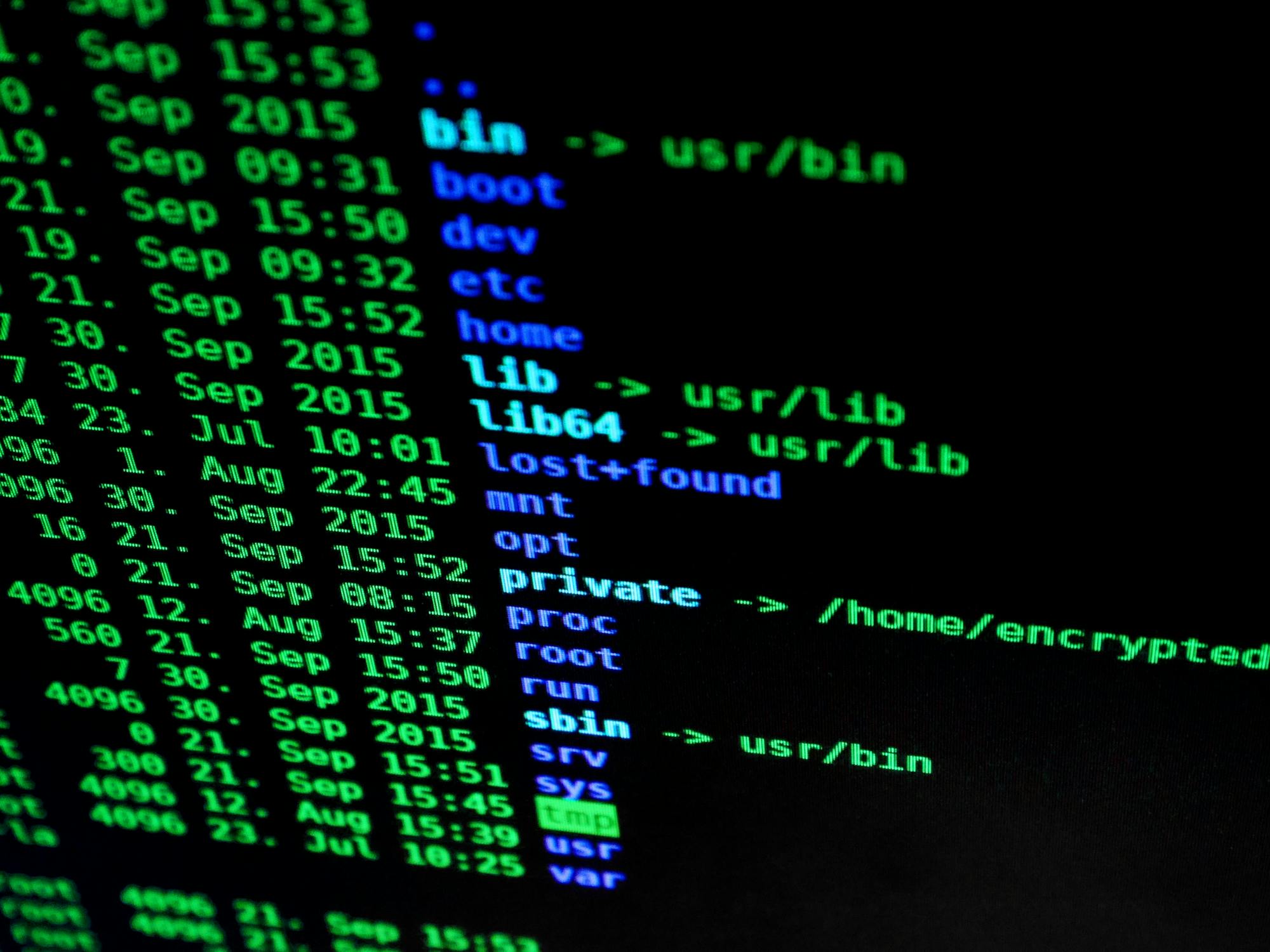Compliance Solutions for IT Departments: Secure and Efficient Management
Effective compliance management within IT departments is more critical than ever. As organizations navigate stringent regulatory requirements, secure and efficient solutions become a top priority. Ensuring data protection, mitigating risks, and adhering to legal mandates are essential responsibilities for IT teams. By implementing robust compliance strategies, companies safeguard operations and maintain stakeholder and customer trust.

Understanding Compliance Challenges in IT Departments
Compliance in IT is complex, requiring adherence to various laws, regulations, and internal policies. Regulations such as GDPR (General Data Protection Regulation), HIPAA (Health Insurance Portability and Accountability Act), and CCPA (California Consumer Privacy Act) impose strict guidelines on data protection. These regulations aim to secure user data while holding companies accountable for breaches or mishandling of sensitive information.
A significant challenge is the ever-changing regulatory landscape. IT departments must continuously monitor updates to meet evolving standards. This is particularly difficult for global organizations operating across multiple jurisdictions with differing compliance requirements.
Another challenge is integrating compliance measures into existing systems and workflows. Many legacy systems were not designed for modern compliance standards, often necessitating costly upgrades or replacements. Employee awareness and training remain ongoing tasks, as human error poses one of the greatest risks to compliance breaches.
The consequences of non-compliance can be severe. Fines for violations can reach millions of dollars, as seen in high-profile cases involving major corporations. Beyond financial penalties, reputational damage and loss of customer trust can have long-term impacts on an organization’s success.
Key Features of Effective Compliance Solutions
To address these challenges, IT departments must invest in comprehensive compliance solutions that streamline processes while maintaining security. Effective tools should offer centralized management, enabling seamless monitoring and control across all systems.
Automation plays a vital role in enhancing efficiency. Compliance software with automated reporting features reduces manual effort, freeing resources for other critical tasks. Automated alerts also help organizations respond promptly to potential issues, minimizing risks before they escalate.
Data encryption and access control are essential components of any compliance solution. Encryption ensures sensitive data remains protected even if unauthorized access occurs, while access control limits who can view or modify specific information within the system.
Auditing capabilities are another crucial feature. Regular audits provide visibility into system performance and compliance status, making it easier to identify vulnerabilities or gaps in adherence. They also demonstrate accountability during external inspections or investigations.
- Scalability: Solutions should grow with the organization’s needs.
- User-Friendly Interface: Simplified interfaces improve employee adoption.
- Integration: Compatibility with existing tools ensures smoother implementation.
The Role of Technology in Enhancing Compliance
Advancements in technology have greatly improved compliance management. Cloud-based solutions are increasingly popular due to their scalability and flexibility. These platforms allow IT departments to store and manage data securely while providing easy access for authorized users from anywhere.
Artificial Intelligence (AI) and Machine Learning (ML) are revolutionizing compliance management. AI-powered tools analyze vast amounts of data to detect anomalies or predict potential risks before they occur. Anomaly detection algorithms flag unusual activities within a network that may indicate security breaches or policy violations.
Blockchain technology offers another promising avenue for enhancing compliance efforts. Its decentralized nature ensures transparency and tamper-proof record-keeping, which is particularly useful in finance and healthcare industries where data integrity is paramount.
| Technology | Benefit |
|---|---|
| Cloud Computing | Secure data storage and remote access |
| Artificial Intelligence | Risk prediction and anomaly detection |
| Blockchain | Tamper-proof record-keeping |
The integration of these technologies requires careful planning to align with organizational goals while meeting compliance requirements.
Best Practices for Implementing Compliance Strategies
An effective compliance strategy begins with a thorough assessment of current practices. Identifying gaps allows organizations to prioritize areas needing immediate attention. Collaboration between IT teams and other departments ensures a unified approach toward compliance goals.
Regular training sessions keep employees informed about their responsibilities regarding compliance policies. These sessions not only educate staff but also foster a culture of accountability within the organization.
Documentation is another critical aspect often overlooked by businesses. Keeping detailed records of policies, procedures, and incidents ensures transparency during audits or investigations. It also provides valuable insights for continuous improvement efforts.
A proactive approach involves anticipating future regulatory changes rather than reacting after implementation deadlines have passed. This forward-thinking mindset helps organizations stay ahead in their compliance journey while minimizing disruptions caused by last-minute adjustments.
Finally, partnering with trusted vendors specializing in industry-specific compliance solutions can be highly beneficial, whether for healthcare-related HIPAA requirements or financial sector mandates like PCI DSS (Payment Card Industry Data Security Standard).
Implementing these strategies strengthens operational efficiency and enhances an organization’s reputation in competitive markets. Today’s business environment demands constant vigilance from all stakeholders to ensure sensitive information is managed responsibly and efficiently over time.
